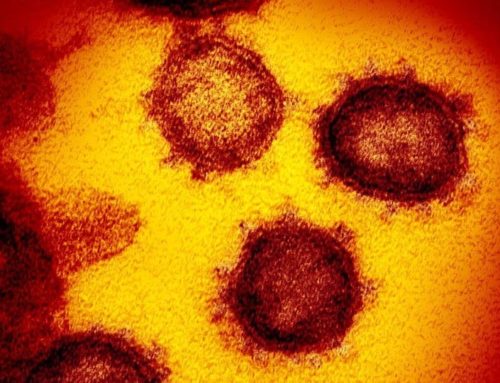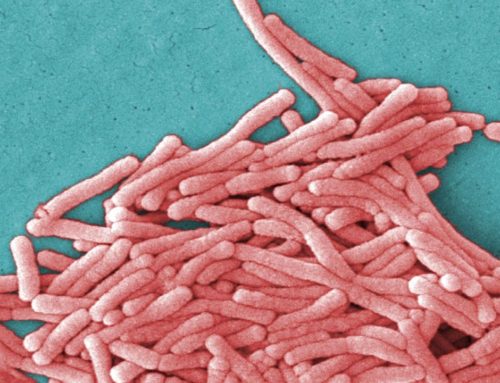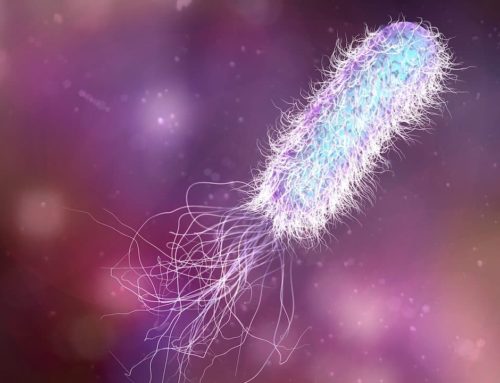Nanosilver and other forms of silver are now increasingly used for disinfection due to their antimicrobial properties. As with any new, innovative technology, the following questions are often asked about the application: 1. Can the products that are produced using this substance have a harmful effect on the human body? 2. Can certain bacteria become resistant to nanosilver?
In this respect, the report of the SCENIHR (Scientific Committee on Emerging and Newly Identified Health Risks) may be relevant.
A study published by the European Commission emphasizes that data on products containing nanosilver are currently limited to estimate the potential exposure of their users. Due to methodological differences in the studies examining the issue, there is not yet enough data to make statements about the amount of silver that may be released from products. The authors of the report draw attention to the need for studies that accurately determine the nanosilver content of available products as this is in many cases unclear due to the lack of regulation of the products. (The threshold for silver metal in industry is set at 0.1 mg per cubic meter and for silver salts at 0.01 mg per cubic meter.)
The World Health Organization (WHO) have determined a so-called No Observable Adverse Effect Level (NOAEL) that states that the total exposure to silver could be 5 µg / kg bw/d (5 micrograms per kilogram body weight per day).
Health risk assessments for nanosilver are mainly focused on the appearance of argyria, a medical term for permanent bluish-gray discoloration of the skin and / or eyes.
The SCENIHR report emphasizes that in studies that suggested toxicity or side effects due to silver, the cause was never nanosilver, but the ionic form of silver. Symptoms most commonly manifested as argyria. In some animal studies, increased production of certain liver enzymes was observed under nanosilver loading, however, hepatotoxicity could not be demonstrated by histological examination of the liver of these animals.
In in vivo studies, i.e. oral exposure to living organisms, oral exposure to silver nanoparticles did not result in changes in non-specific immune responses. Intravenous exposure to silver nanoparticles showed that the immune system is the most sensitive to toxicity.
A small number of in vitro studies have reported the genotoxic effects of nanosilver, but due to their low number, the results are not suitable for drawing conclusions, so SCENIHR recommended that further studies be performed.
Therefore, a detailed, comprehensive risk analysis for nanosilver has not yet been carried out due to the limited amount of information available. In the European Union, this will be the subject of future toxicological studies, the first step of which will be to collect data on the nanosilver content of available products.
It should be noted that a NOAEL for nanosilver has also recently been established in rats. Consumption of 30 mg nanosilver per kilogram body weight in the tested animals for 90 days proved to be safe. The NOAEL was determined based on the appearance signs of hepatic impairment, with the lowest dose resulting in an adverse reaction being 125 mg/kg. (30 mg/kg on a human scale is equivalent to approximately 4 liters of NANOSEPT nanosilver per day. – ed.)
Can bacterial resistance to nanosilver develop?
Only limited information is available on the development of bacterial resistance to nanosilver, according to a SCENIHR report. Resistance may appear primarily to the ionic form of silver, the genetic background of which has already been described in detail. However, much more data are still needed to better understand the physiological responses of bacteria to silver ions and nanosilver.
The silver content of Nanosept
Each of the Nanosept product families contains hydrogen peroxide and 500 mg of silver colloid active ingredient per liter: each of the products has a marketing authorization from the National Office of Chief Medical Officers, and microbiological tests have been performed by the National Epidemiological Center.



